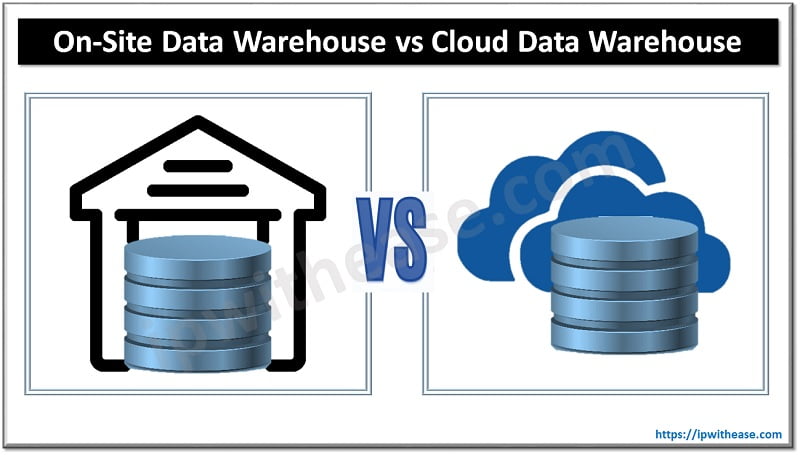Table of Contents
Managing network connectivity across multiple business locations can be complicated. Each site requires reliable, high-speed internet access and secure connections to essential business applications. SD-WAN, or Software-Defined Wide Area Network, addresses these needs by simplifying network management while boosting performance and security. This networking solution allows businesses to connect their various sites seamlessly, even across cities or regions.
This article explains how SD-WAN operates within multi-location businesses and why it’s become an essential tool for organizations looking to stay connected and efficient.

What Is SD-WAN?
SD-WAN stands for Software-Defined Wide Area Network, a modern approach to networking that enables centralized control over connections between locations. Traditional networks often depend on extensive physical setups, making network adjustments complex and time-consuming. By contrast, SD-WAN uses software to create flexible, adaptable connections across multiple sites, making the network more responsive to business needs. SD-WAN services are especially valuable for businesses that need a reliable and scalable solution to manage connections across geographically dispersed locations.
Imagine a retail chain with stores located in different regions, each requiring secure, quick access to centralized sales data and inventory systems. With SD-WAN services, these stores can stay reliably connected, no matter where they are, ensuring smooth operations and consistent service.
How Does SD-WAN Work?
SD-WAN connects each business location to a central network, using virtual links that rely on software rather than complex physical setups. Here’s a closer look at how it operates:
1. Virtual links: SD-WAN establishes virtual links between sites, which means it doesn’t rely on specific physical connections alone. As a result, businesses can link their locations through various internet services, such as fiber, cable, or even wireless, depending on each site’s availability.
2. Central management: All network settings and adjustments happen in one central location. This control hub enables network administrators to make changes, manage traffic, and troubleshoot issues without physically being at each site. The centralized control functions to make network management faster and more efficient across all locations.
3. Traffic prioritization: SD-WAN can also prioritize certain types of traffic, ensuring that essential applications get the resources they need to run smoothly. For example, video conferencing can be prioritized over file downloads to ensure uninterrupted communication.
4. Automatic path selection: SD-WAN is intelligent enough to choose the best path for data to travel. If a particular connection is slow or down, SD-WAN automatically reroutes traffic, allowing business operations to continue without delays.
Through this setup, SD-WAN provides businesses with a network that is not only easier to manage but also more resilient, adapting to different traffic demands across multiple sites.
Benefits of SD-WAN for Multi-Location Businesses
SD-WAN offers several benefits to businesses that operate in more than one location. Below are a few key advantages that make it an attractive choice.
Improved Performance
SD-WAN boosts performance by allowing businesses to optimize traffic flow across the network via traffic steering. For instance, it can route high-bandwidth activities, like video calls, on faster links while directing less critical tasks through standard connections. This traffic management approach ensures application performance, improving productivity and communication across locations.
Enhanced Security
For businesses handling sensitive data, security is a priority. SD-WAN includes built-in security features such as end-to-end encryption and firewalls, protecting data as it travels between locations. This consistent security framework ensures that all locations maintain high standards without requiring separate security setups for each site.
Cost Savings
Compared to traditional networking solutions, SD-WAN can significantly reduce networking expenses. Traditional WAN connections often require costly dedicated circuits, like MPLS technology (Multiprotocol Label Switching), to connect different sites. SD-WAN, however, works with standard internet connections, which are generally more affordable, leading to long-term savings, especially for businesses with many locations.
Easier Scalability
With SD-WAN, adding a new location is simple. New sites can be connected from the central control plane without the need for extensive hardware installations. For growing businesses, this flexibility makes it easy to expand their network as they open new locations, saving both time and resources.
These benefits make SD-WAN a smart choice for multi-location businesses. It improves performance, strengthens security, supports easy growth, and keeps operational costs manageable.
SD-WAN vs. Traditional WAN Solution: Key Differences

While many multi-location businesses have used traditional WAN (Wide Area Networks) solutions for years, SD-WAN offers unique advantages that set it apart.
1. Setup and maintenance: Traditional WAN solutions typically require physical hardware installations and in-person maintenance. SD-WAN simplifies this by allowing for remote management and software-based configurations, which streamline setup and ongoing maintenance.
2. Network flexibility: Traditional WANs rely on specific types of dedicated connections, which may not always be available or cost-effective. In contrast, SD-WAN is compatible with various types of internet services, from internet broadband and cellular to satellite, making it adaptable to each site’s needs.
3. Cost efficiency: Because traditional WAN technology setups often require specialized connections like MPLS, they can become costly, especially for larger organizations. SD-WAN reduces this need by utilizing standard internet connections, resulting in a more budget-friendly solution.
4. Adaptability: Traditional WANs can struggle with shifting traffic demands, while SD-WAN automatically adjusts, routing traffic based on real-time conditions to keep applications running smoothly. This adaptability is especially valuable in industries where network demands fluctuate.
Through these features, SD-WAN provides businesses with an adaptable, easy-to-manage, and cost-effective networking solution, making it a strong choice over traditional WAN systems.
Conclusion
SD-WAN has become a powerful tool for multi-location businesses, enabling them to enhance network performance, improve security, and lower costs. With its central management, adaptable connections, and traffic prioritization, SD-WAN offers businesses a more efficient way to stay connected across locations. As companies grow and evolve, SD-WAN provides the flexibility and scalability needed to support expansion and ensure a stable network. For organizations seeking an adaptable solution to keep operations running smoothly, SD-WAN presents an effective, future-ready option.
ABOUT THE AUTHOR
IPwithease is aimed at sharing knowledge across varied domains like Network, Security, Virtualization, Software, Wireless, etc.



